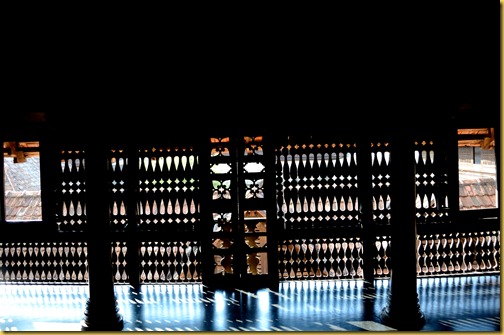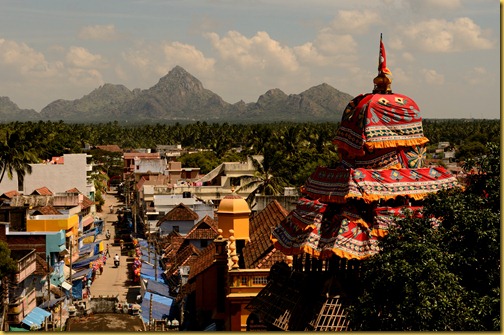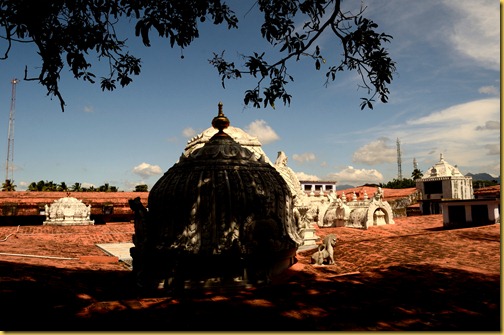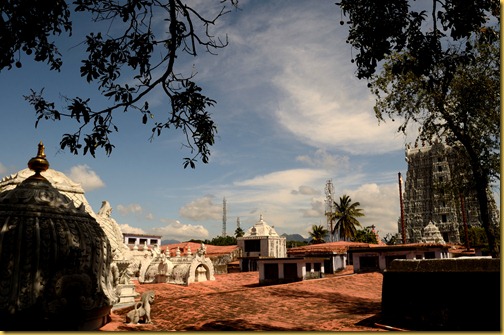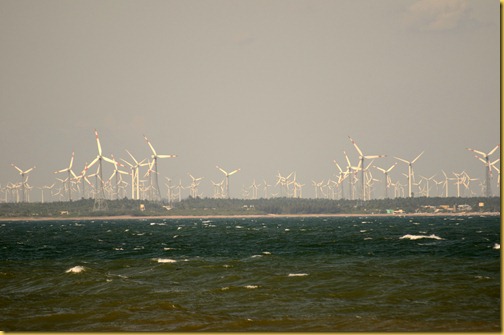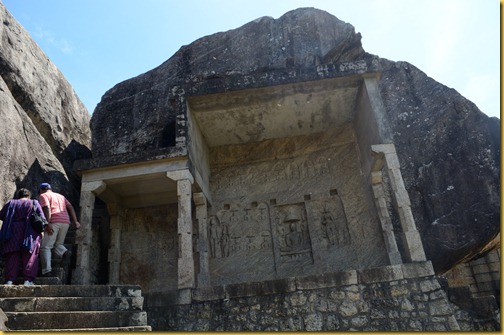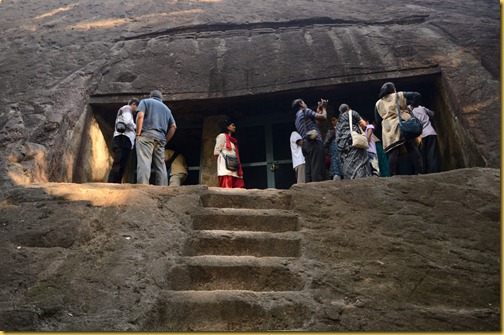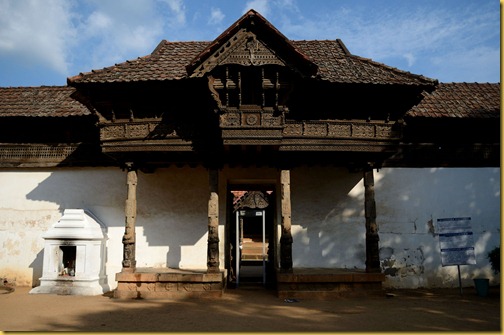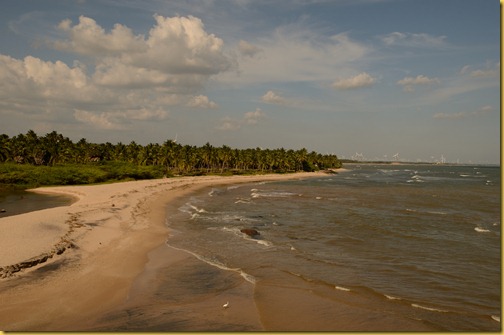What if Monday morning blues looked something like this ?
Pangong tso – Ladakh




A massive Bala Ganesha greet you as you enter. The deities Shiva and Vishnu face each other, while in the centre is Veerabhadra. I walk around and the Natyamantapa lures me . This is where the Gods make music .Brahma is on the cymbal, Narada on the tampura, and Shiva in his Nataraja avatar amongst other heavenly artists. Mesmerising us with their instruments, costumes and ornaments, they seem to create divine melodies .The sun’s rays touch the large sculptures in the unfinished Kalyanamantapa of the temple.
I am in this small village ,Lepakshi near Hindupur in Anantpur District looking at some of the rare mural paintings from Vijaynagar era that adorn this ancient 16th century Veerabhadra temple. It is a late Saturday afternoon and surprisingly, there are no tourists. A large joint family has just walked in and the children have discovered their playground amidst the pillars. The sun plays hide and seek too and it looks like it will soon disappear amidst the clouds.
I sit beside one of the pillars and take in the scene. Unlike any tourist spot, there are no vendors or shops that besiege the tourist here. A guide offers his services and looking at his rather hopeful face, I decide not to disappoint him. And he plays rather to the gallery as the kids stop their games and listen to him as well.
“Le pakshi said Lord Rama to Jatayu, the bird asking it to get up ,” says the guide a bit dramatically narrating the episode from Ramayana .”Ravana had chopped off its wings and Lord Rama found the bird fallen right here in this village. Thats why its called Lepakshi. See this sculpture here..There are more stories,” his voice trails off.
The temple built in the Vijaynagar style has an inscription that says it was built by one Virupanna whose family deity was Veerabhadra. The temple ,renowned for the largest monolith Nandi stands a few metres away from the main temple complex- a testimony to the building skills of our ancient artisans. It is carved out of a single rock and towers to 20 feet high and is 30 feet long. A multi hooded Naga Linga stand opposite the Nandi in the main shrine . A group of children pose for a happy family photograph as I walk towards it.
Stories, myths and local lore resonate from almost every wall here . For instance the hill on which the temple is built is called Kurmasaila as it resembles a tortoise. The giant multihooded Naga Linga was said to have constructed out of a single boulder in such speed ; apparently even before the cook had finished cooking for the workers. But a crack soon appeared in the boulder that it looks like the sculpture is split in the middle, towards its base. “ The sculptor’s mother was so taken in by her son’s work that she praised him, but her words only caused an evil eye and the crack appeared ,” says the guide , as I smile at the superstitious beliefs . The guide moves on to more legends. The unfinished Kalayanamandapam was built where Shiva and Parvati were believed to have got married. A large carved foot on the ground filled with water perennially is said to be Sita’s foot. “ It is also said its Goddess Durga ‘s foot when she visited here ,” says the guide. He shows me the carved thali like plates on the ground.” The locals were fed here,” he says . It looks more like giant palettes to me .
Tales of devotion are depicted on the bass reliefs or on the murals that adorn the temple. Some of the finest specimens of Vijaynagar dynasty, the panels bring the Puranas alive as various forms of Shiva vie for attention. My guide narrates these stories of devotion etched and painted on the walls. There is Shiva as a mendicant testing the devotion of Sriyala and his parents by asking them to kill their only son and feed him. Pleased by their devotion, he restores their dead son back to them .Another mural depicts a just king , Manuchola who grants justice to a cow at the cost of his son’s life.
While the panels, the sculptures and the paintings narrate stories from the Puranas and the epics, the heart wrenching story of two red marks on the walls of the shrine tell a sad tale. Virupanna,a merchant and treasurer of the Vijaynagar emperor , Achutadevaraya decided to build a temple here when he found a sculpture of Veerabhadra here . He used the money from the treasury for the same when the king was away. The temple was almost completed , except for the kalyanamandapam ,when the king returned to find his treasury empty and the temple built without his permission. He ordered that Virupanna be blinded , but the merchant decided to punish himself by banging against the wall near the Kalyanamandapa .The two red marks are said to be his blood stains when the merchant gorged his own eyes out. The village is said to be called Lepa –akshi , meaning a village of the blinded eye. The melancholy is a bit addictive, then the beauty of the pillars take you away from the tragedy, the silence is mesmerising and the solitude seductive. “ You can still see Virupanna’s ghost here.. the eyes bleed..” the guide’s voice trails, but I am lost in the world of myths and epics.
This article was published in Yahoo.com recently and an abridged version in my column, Inside Story in The Hindu.


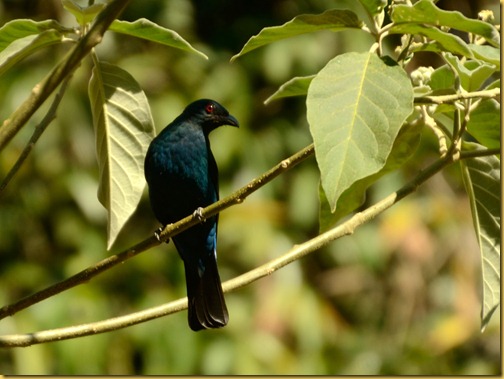



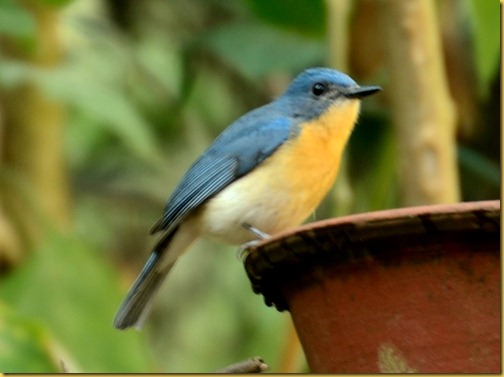

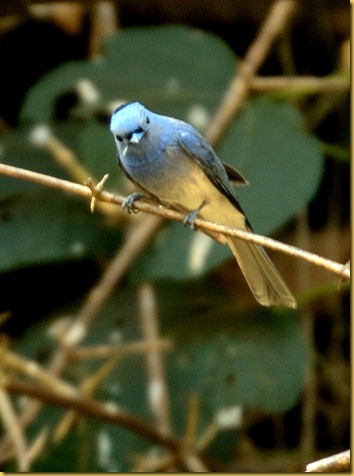
My ancestors come from a beautiful village called Kallidaikuruchi located down South in India in a district called Tirunelveli in Tamil Nadu district. I visited this place early this year and I am still mesmerised by the trip . All around you are views like this with The Western Ghats for company. This is no picnic spot or destination..just a piece of natural beauty on the road enroute to Manimuthar Falls/Dam.
To see more beautiful skies around the world, visit Skywatch.

